Life in miniature: the enduring charm of the model village
What is it about these small slices of arcadia that keep us so fascinated?
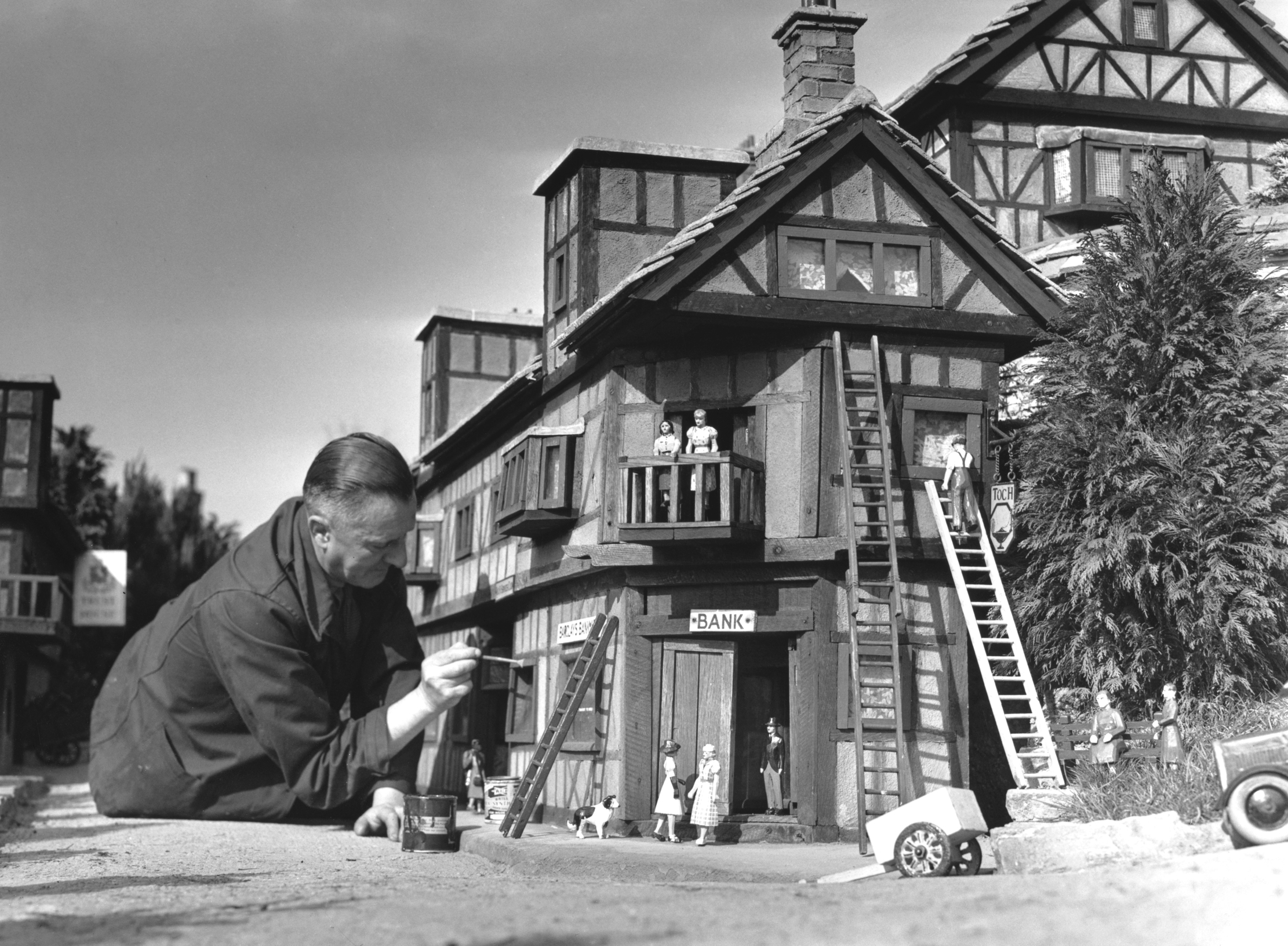

Mr C. A. Morris had plans for his vegetable garden. Although it provided a genial backdrop to the beer garden at the Old New Inn, he hoped that an innovation would raise his pub’s profile. As he started considering the stone bridges crossing the river that ran through his typically somnolent Cotswolds village, his ambition grew.
In the end, it took six men five years to execute the final vision: a 1:9-scale reproduction of all the surrounding buildings (about 100 models), each one carefully constructed from carved Cotswold stone. First conceived in about 1936, Morris’s model of Bourton-on-the-Water, Gloucestershire, has been open to the public as a ‘miniature village’ since 1940.
The idea was grandiose, but not original. In 1928, Mrs Callingham, wife of a suburban accountant, had tired of her husband’s ever-expanding train set and ejected it from their Buckinghamshire house. Undeterred, Roland Callingham established the railway in the garden and grew a town around it; a ‘perfect piece of country’, he named it Bekonscot, a conflation of Beaconsfield and Ascot.
Today, Callingham’s railway chugs along more than 1,400ft (nearly 10 scale miles) around attractions that include a zoo, a harbour, several educational establishments, an airport and a minster, populated by a community of some 3,000 petite figures. A trip through this landscape is a meandering affair, enlivened by the clickety-clack of the trains, the whirring of a windmill and perhaps amused groans prompted by some of the signs on the tiny high street (the decorator is named Juan Coat).
Notwithstanding occasional examples in Germany, Japan and the US, the model village — of which Bekonscot and Bourton-on-the-Water are the most significant examples — is a peculiarly English, mid-20th-century phenomenon. They had a relatively long run in: the prototype for Wolf’s Cove, a miniature fishing village at Snowshill Manor, Gloucestershire, by the architect Charles Paget Wade, was built in about 1919. However, they peaked in the years after the Second World War. These were boom times for UK tourism and model villages increasingly peppered family itineraries — as is clear from a list of their locations.
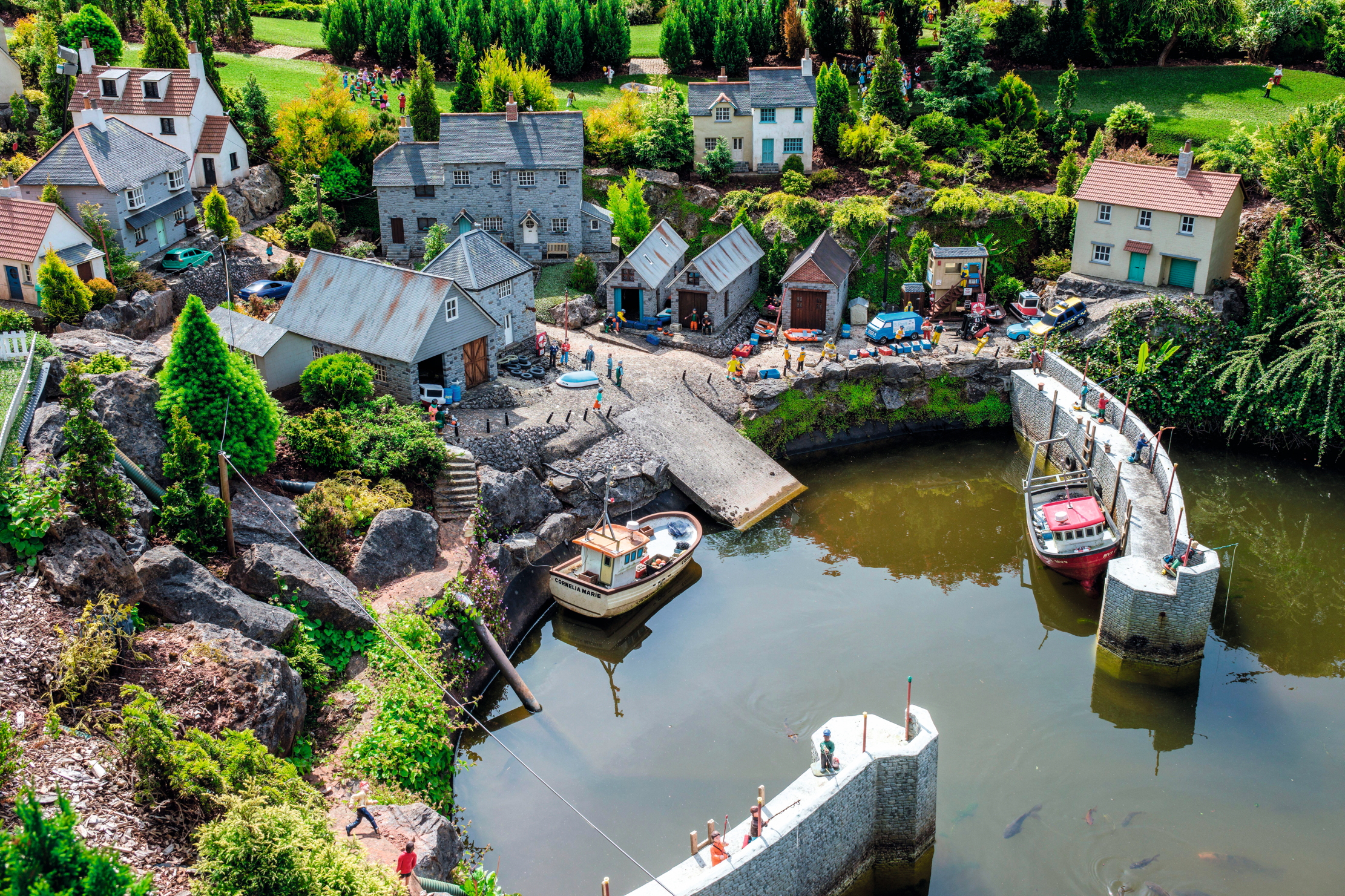
The harbour at Babbacombe Model village in Torquay, Devon
Today, depending on definitions, some 20–30 examples survive, in (among others) Wimborne, Dorset; Southsea, Hampshire; Skegness, Lincolnshire; and the Isle of Wight. At mid century, more could be found in Cromer, Norfolk; Eastbourne, East Sussex; Margate, Kent; and Corfe, Dorset. Jaunty holiday lettering is emblazoned across postcards of the time showing children in white socks towering over tiled rooftops.
Although now depleted in number, model villages retain contemporary fans, including novelist Will Self, who used Bekonscot as the backdrop to his novella Scale. ‘They are quirky and varied; they are brilliant and they are a joy,’ writes Tim Dunn, who, as the author of a 2017 guide to the sites, has some claim to being the world expert.
Sign up for the Country Life Newsletter
Exquisite houses, the beauty of Nature, and how to get the most from your life, straight to your inbox.
These tiny places didn’t emerge entirely out of nowhere. Enterprise and eccentricity have always animated outdoor spaces and antecedents can be found in garden follies and places of public recreation, such as the doolhoven of 17th-century Amsterdam (beer gardens where lightly lubricated punters could visit displays of humanoid automata) or the rockery Sir Charles Isham built at Lamport Hall, Northamptonshire, in the 1840s.
As at Bekonscot, the landscape’s scale was disrupted by diminutive figures, although in drawing inspiration from German statuettes of ‘Berg-geister, or mountain spirits’, Sir Charles arguably also pioneered the concept of the garden gnome. Model villages are nonetheless distinct in immersing visitors in a fully realised miniature environment, separated from the real-life world by ticket or turnstile.

Within these parameters, individuals found specific areas of focus. Wimborne, which replicates the full-size town on the unusually large scale of 1:10, has elaborate shopfronts displaying everything from miniature Penguin Classics to cheese and hand-knitted jumpers. At Godshill, on the Isle of Wight, the sand and concrete edifices are authentically thatched.
Gradually, however, model villages developed an overarching grammar based on an idealised vision of English country life. Many are dominated by Tudor-inspired half-timbering; almost all have a cricket green, a manor house and a pub (frequented decorously). As Mr Self puts it, these are ‘timeless Arcadias… silver-wedding, commemorative-plate, biscuit-tin places’.
They are not only model villages, but places where (in the words of an anonymous 1960s guide to Bekonscot) there are ‘motor vehicles… but no hooters or noisy exhausts’ and the soundtrack is the tape-recorded singing emerging ‘through the open door of a church’. Frequently, as at Corfe Castle in Dorset, the music of the miniature minster accompanies an eternal wedding ceremony, thus locating family life, with country life, at the heart of this model society.
'Gradually, however, model villages developed an overarching grammar based on an idealised vision of English country life'
The formula ultimately became so successful that it was partially systematised. In the 1950s, Stanley Deboo, a former colleague of Callingham’s, began pitching villages to seaside towns, promising ‘a castle, windmill and stream, and a church with a wedding in progress’. He opened one in Hastings, East Sussex, but handed the development of one called ‘Little Britain’, in Weston-super-Mare, Somerset, to the artist Jacqueline Saunders, who adulterated the village’s typical brick-and-Tudor medley with Modernist buildings and hints of urban life.
Deboo understood that a bucolic vision of England was eminently marketable. ‘I consider that at a popular seaside resort, keeping open longer hours, the number of visitors would be trebled,’ he wrote to the Borough of Brighton, East Sussex (although, there, his suggestion wasn’t taken up).
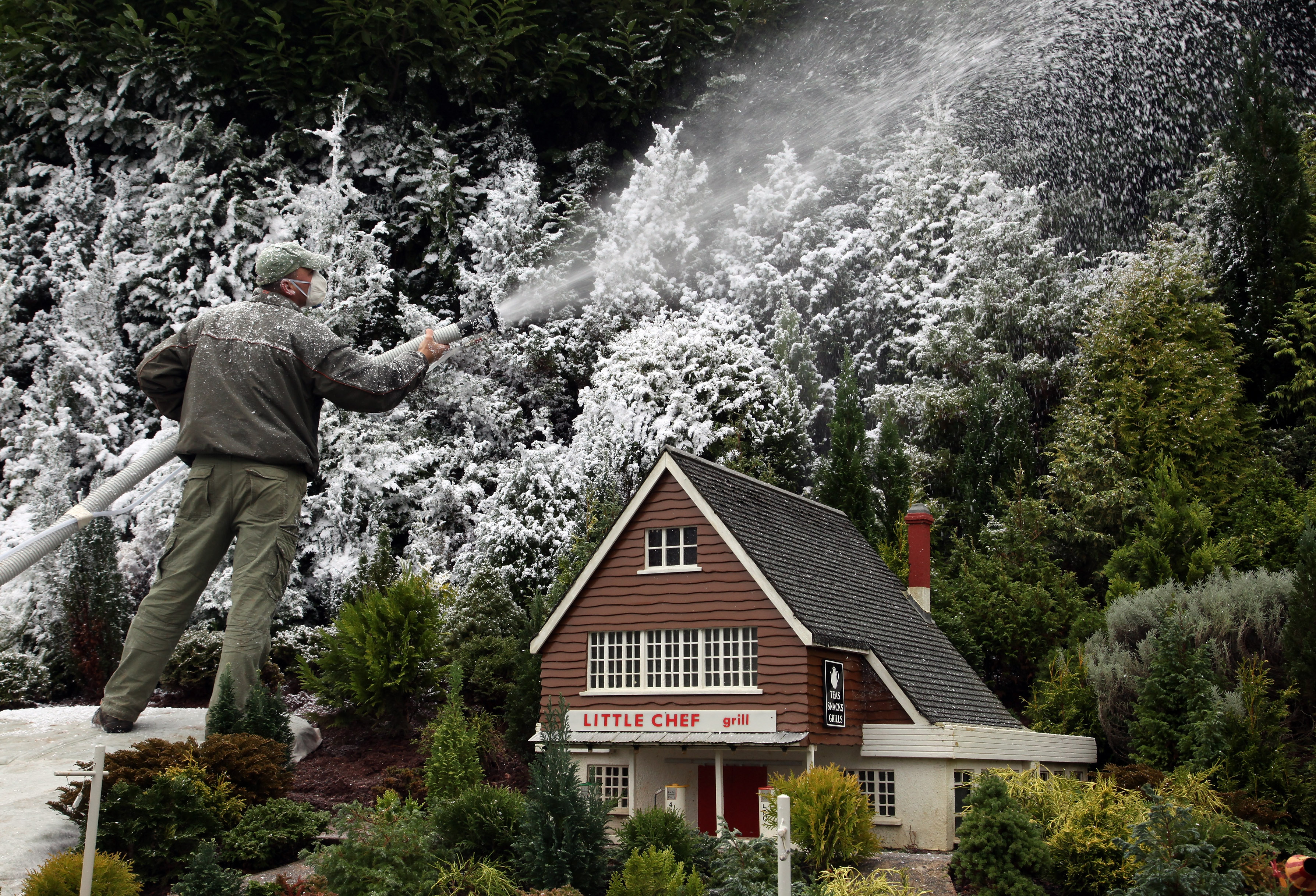
In altering scale, ‘we sacrifice the sensible in favour of the intelligible'.
Deboo’s approach underlines the intimate relationship between model villages and tourism. For Claude Lévi-Strauss, in altering scale, ‘we sacrifice the sensible in favour of the intelligible’. As the toy train sets with which so many of them originated do, model villages offer a controllable vision of a complicated world and yet — unlike the architect’s model or the diorama — their miniaturisation offers no informational value. It serves only to amuse and to contort visitors’ suddenly gigantic bodies as they peer in at tiny windows and doors. The discomfort thus engendered is part of the joke: these visits are pointedly unserious endeavours, carried out in the suspended reality of holiday time.
From the 1970s, the spell began to waver, with tourism declining and many of the creators approaching retirement. Some surviving sites have thrown themselves further into the past. At first, Bekonscot was updated: ‘a very modern block of warehouses’ was installed in 1947, followed a year later by ‘North Row Airport’ and a convalescent home in ‘white reinforced concrete’. In 1992, it was swept back to the 1930s and is now marketed as a miniature time warp.
Although trading in one kind of nostalgia, for many visitors, model villages manage to evoke another, summoning the holiday world of their childhoods.
Kirsten Tambling is Curator of the Clockworks, a major collection of nineteenth and early twentieth-century electrical timekeeping in South London. She has previously worked in museums and collections including Dr Johnson’s House, the Royal Collection Trust, Watts Gallery and Bethlem Museum of the Mind, as well as lecturing on history of art at the V&A, Birkbeck.
-
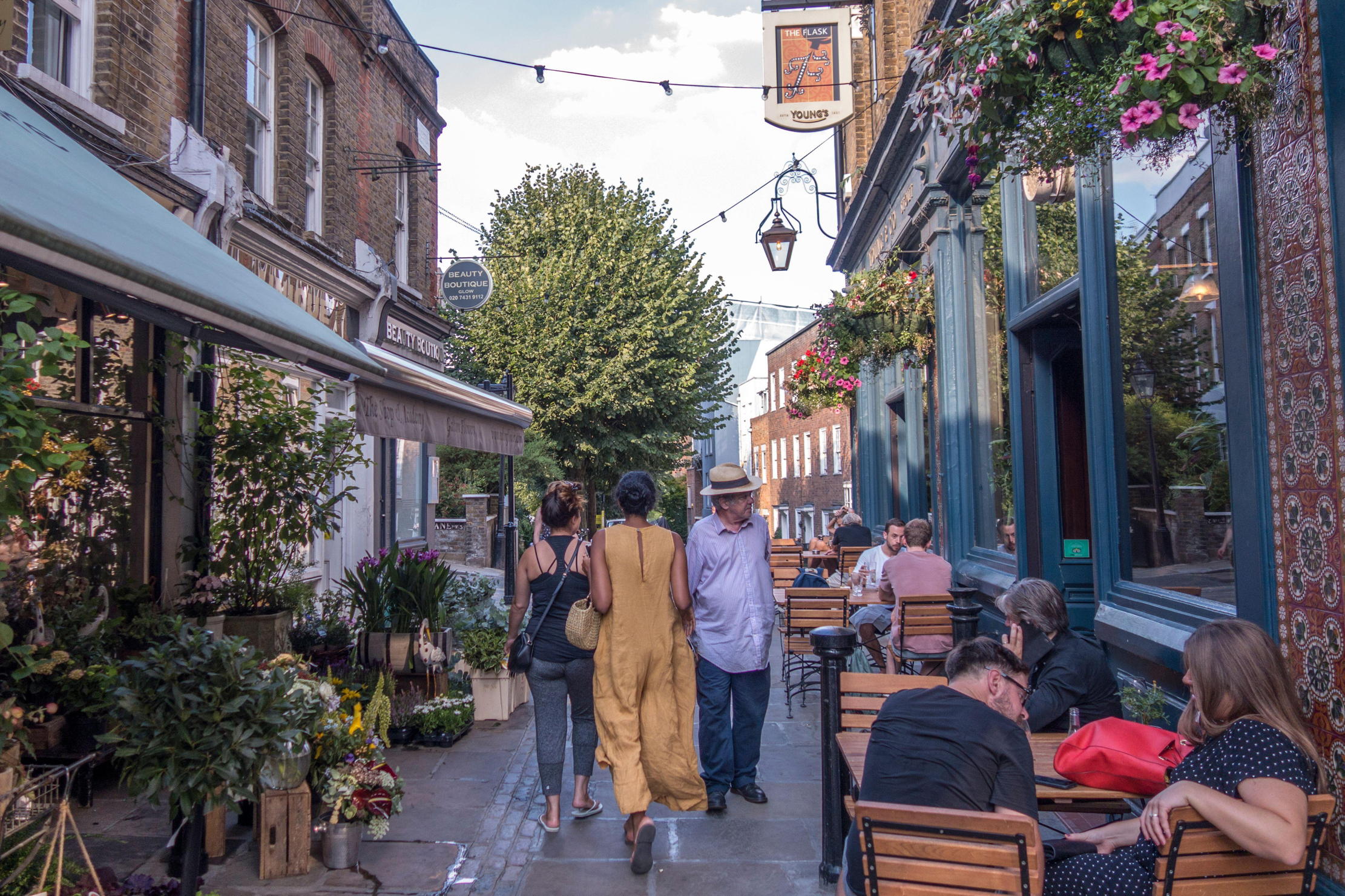 A day walking up and down the UK's most expensive street
A day walking up and down the UK's most expensive streetWinnington Road in Hampstead has an average house price of £11.9 million. But what's it really like?
By Lotte Brundle
-
 Spam: The tinned meaty treat that brought a taste of the ‘hot-dog life of Hollywood’ to war-weary Britain
Spam: The tinned meaty treat that brought a taste of the ‘hot-dog life of Hollywood’ to war-weary BritainCourtesy of our ‘special relationship’ with the US, Spam was a culinary phenomenon, says Mary Greene. So much so that in 1944, London’s Simpson’s, renowned for its roast beef, was offering creamed Spam casserole instead.
By Mary Greene
-
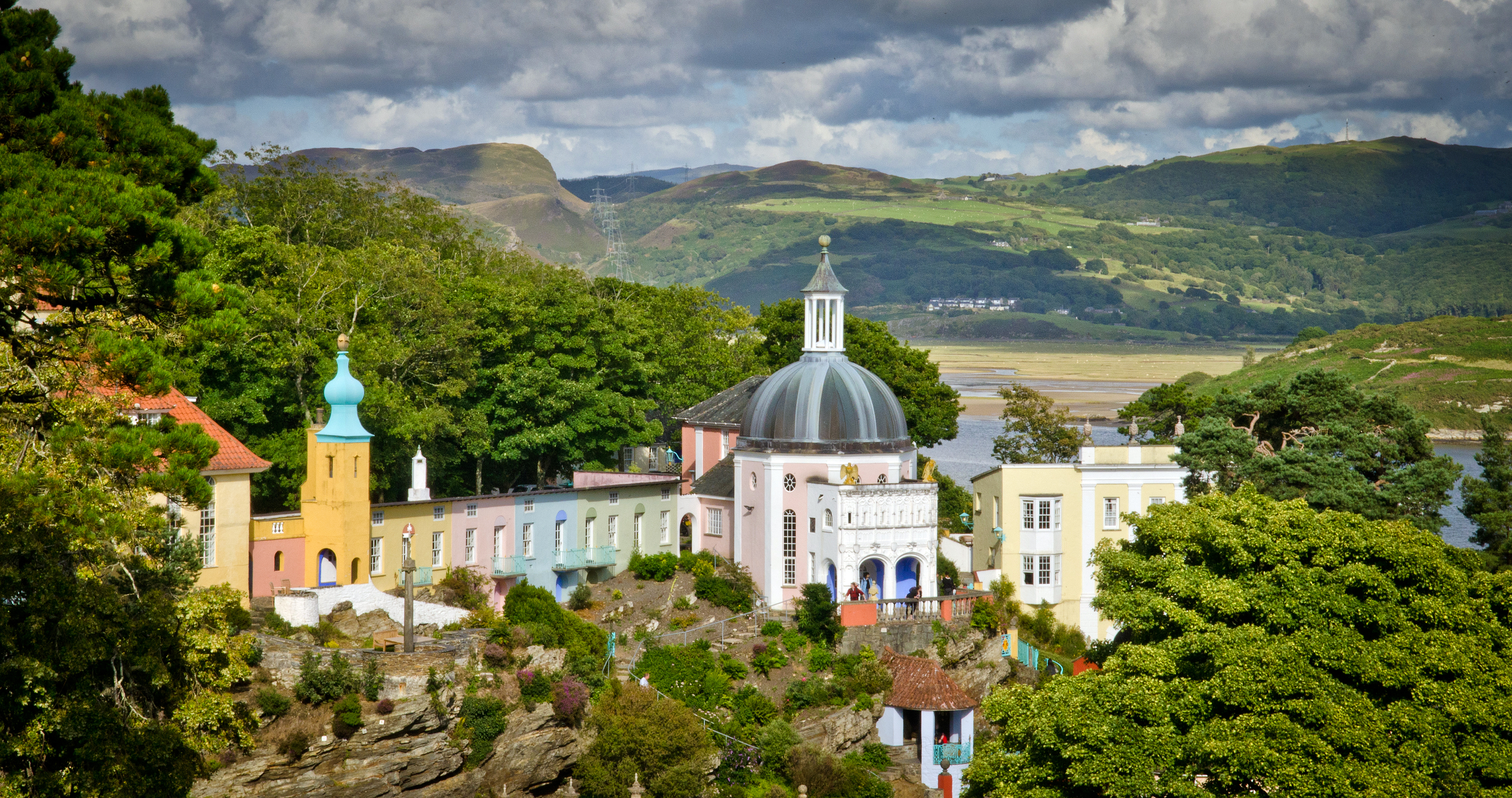 ‘If Portmeirion began life as an oddity, it has evolved into something of a phenomenon’: Celebrating a century of Britain’s most eccentric village
‘If Portmeirion began life as an oddity, it has evolved into something of a phenomenon’: Celebrating a century of Britain’s most eccentric villageA romantic experiment surrounded by the natural majesty of North Wales, Portmeirion began life as an oddity, but has evolved into an architectural phenomenon kept alive by dedication.
By Ben Lerwill
-
 Seven of the UK’s best Arts and Crafts buildings — and you can stay in all of them
Seven of the UK’s best Arts and Crafts buildings — and you can stay in all of themThe Arts and Crafts movement was an international design trend with roots in the UK — and lots of buildings built and decorated in the style have since been turned into hotels.
By Ben West
-
 High Wardington House: A warm, characterful home that shows just what can be achieved with thought, invention and humour
High Wardington House: A warm, characterful home that shows just what can be achieved with thought, invention and humourAt High Wardington House in Oxfordshire — the home of Mr and Mrs Norman Hudson — a pre-eminent country house adviser has created a home from a 300-year-old farmhouse and farmyard. Jeremy Musson explains; photography by Will Pryce for Country Life.
By Jeremy Musson
-
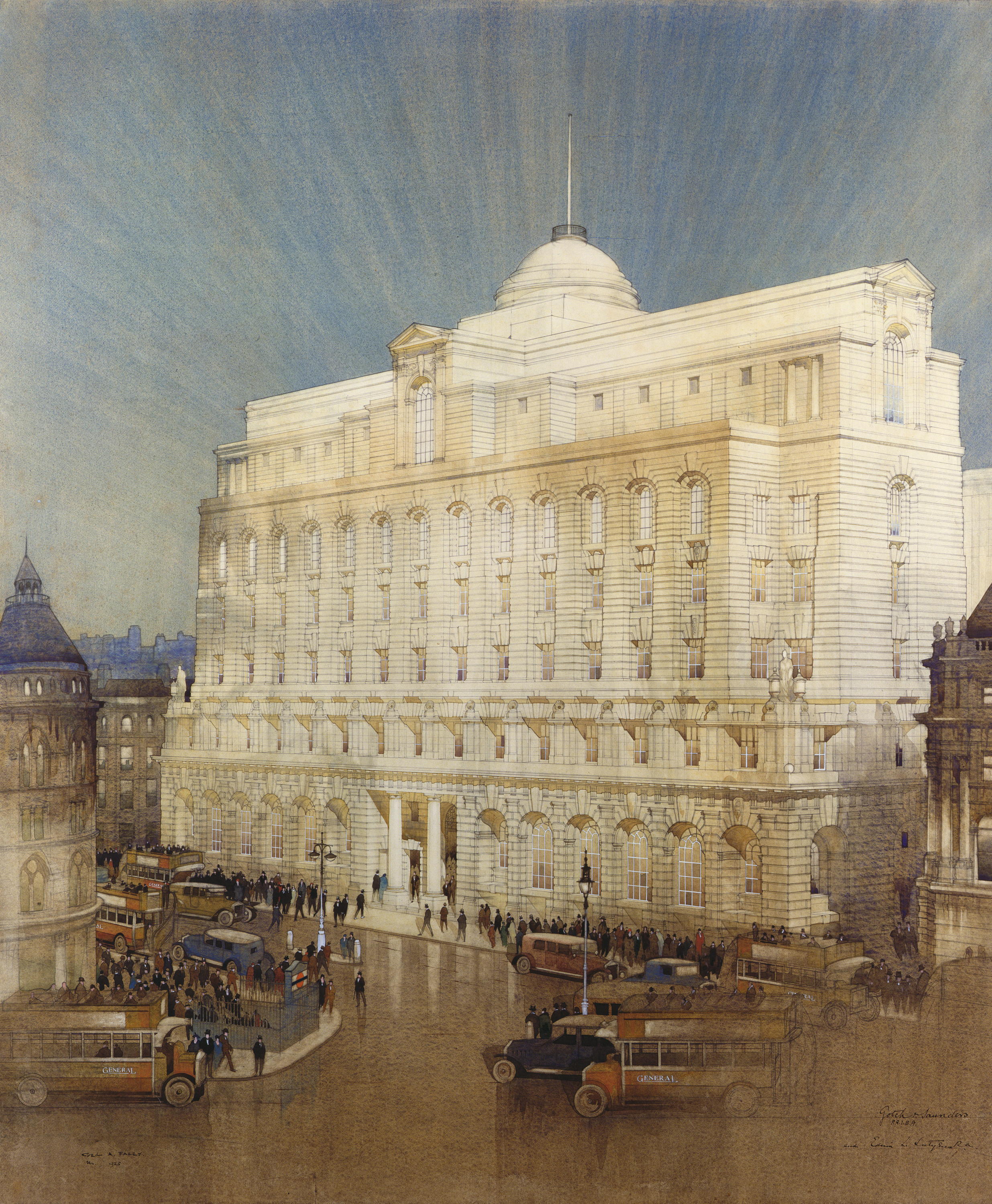 Sir Edwin Lutyens and the architecture of the biggest bank in the world
Sir Edwin Lutyens and the architecture of the biggest bank in the worldSir Edwin Lutyens became the de facto architect of one of Britain's biggest financial institutions, Midland Bank — then the biggest bank in the world, and now part of the HSBC. Clive Aslet looks at how it came about through his connection with Reginald McKenna.
By Clive Aslet
-
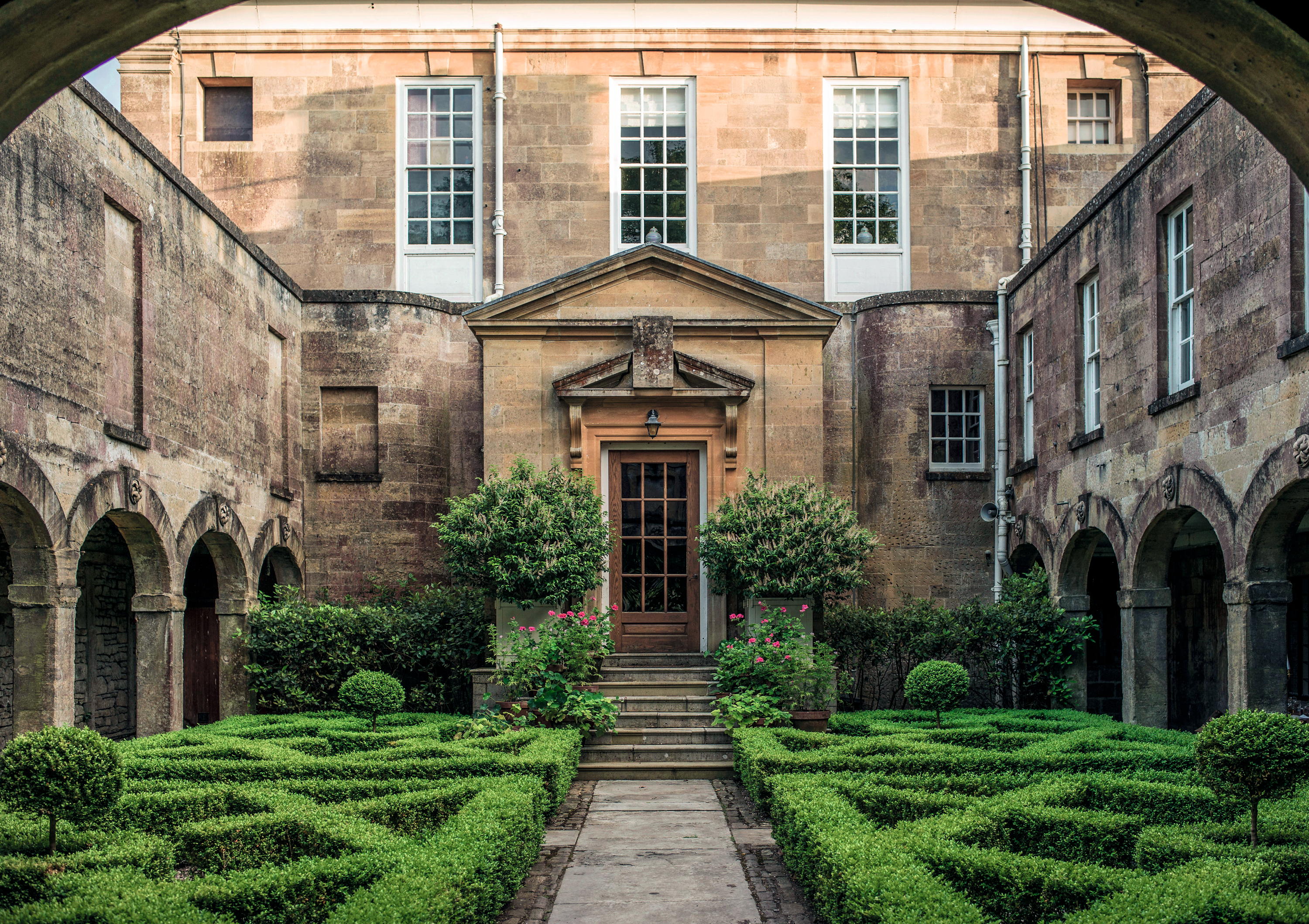 'There are architects and architects, but only one ARCHITECT': Sir Edwin Lutyens and the wartime Chancellor who helped launch his stellar career
'There are architects and architects, but only one ARCHITECT': Sir Edwin Lutyens and the wartime Chancellor who helped launch his stellar careerClive Aslet explores the relationship between Sir Edwin Lutyens and perhaps his most important private client, the politician and financier Reginald McKenna.
By Clive Aslet
-
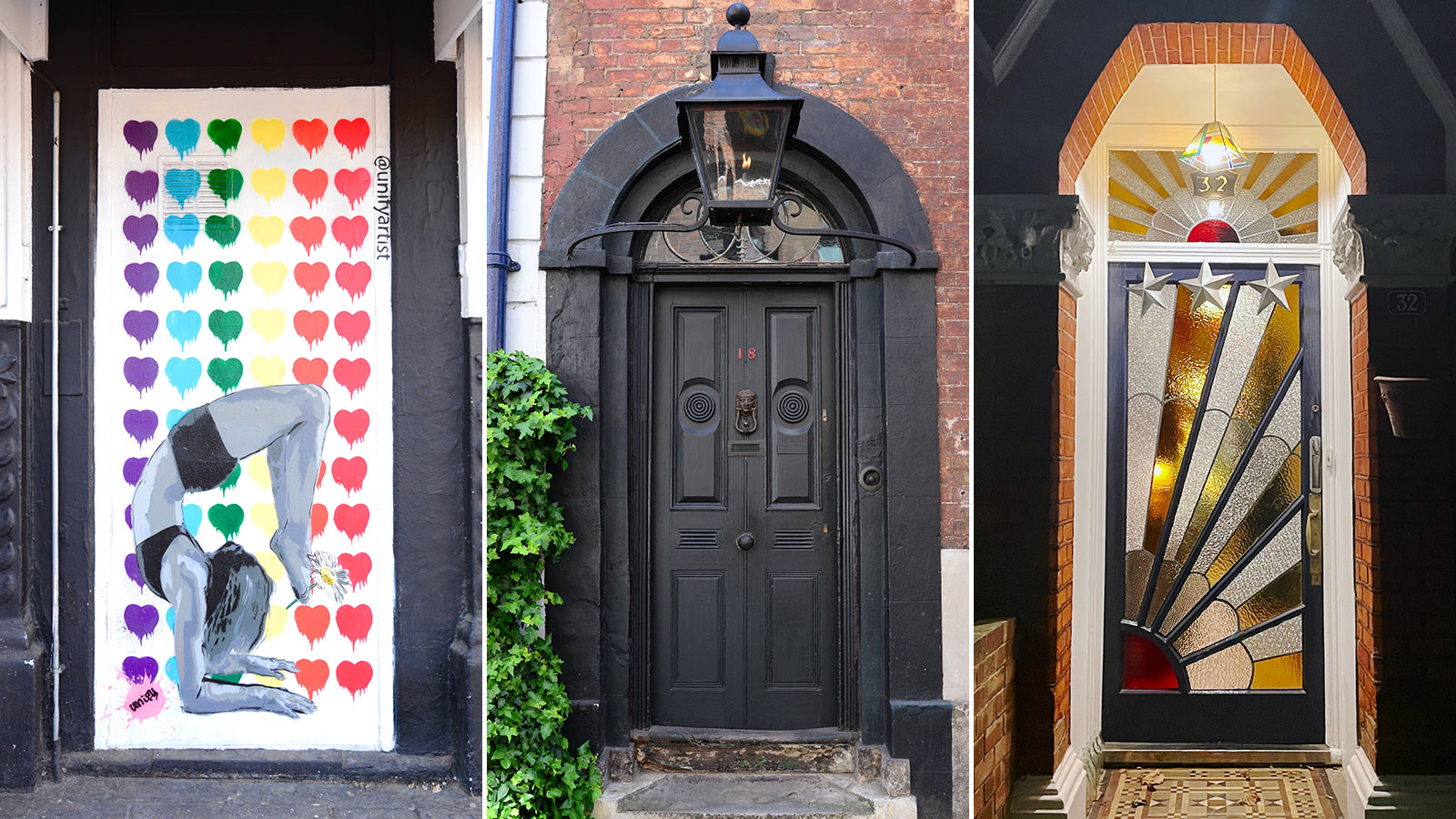 Cath Harries — The photographer on a 15-year quest to find the most incredible doors in London
Cath Harries — The photographer on a 15-year quest to find the most incredible doors in LondonBy Toby Keel
-
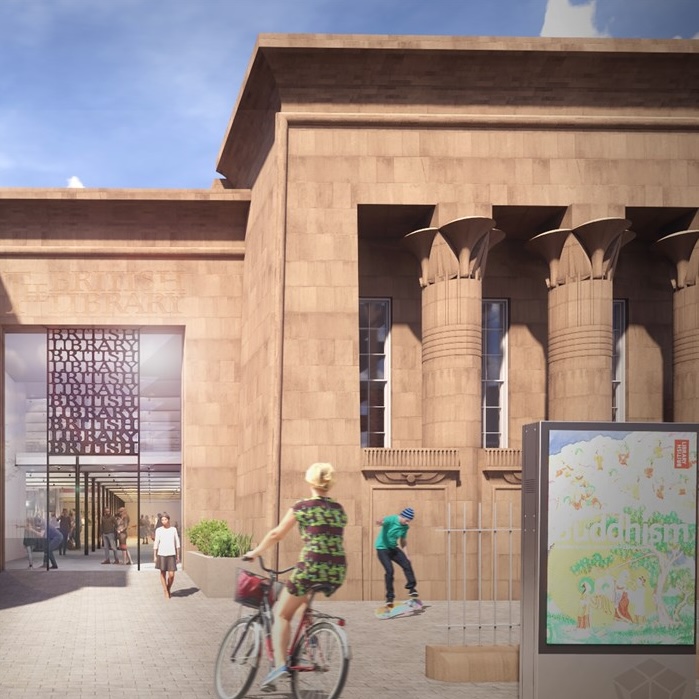 The extraordinary Egyptian-style Leeds landmark hoping to become a second British Library — and they used to let sheep graze on the roof
The extraordinary Egyptian-style Leeds landmark hoping to become a second British Library — and they used to let sheep graze on the roofThe project has been awarded £10million from the Government, but will cost £70million in total.
By Annunciata Elwes
-
 Art, architecture and plastic bricks at Lego House: 'It's as if the National Gallery set up easels and paints next to the masterpieces and invited you try your hand at creating a Van Gogh'
Art, architecture and plastic bricks at Lego House: 'It's as if the National Gallery set up easels and paints next to the masterpieces and invited you try your hand at creating a Van Gogh'The rural Danish town where Lego was created is dominated by the iconic toy — and at Lego House, it has a fittingly joyful site of pilgrimage. Toby Keel paid a visit.
By Toby Keel